SBAR Lesson Plans were collaboratively created by educators, graduate fellows and SBAR staff. Where noted, some are adaptations of previously published lessons. SBAR Activity Plans and Informal Science Activities were created by scientists, students, and SBAR staff to highlight SBAR-related science contexts. These resources are intended for use by educators and youth leaders and include a variety of supplemental pieces to help convey the science behind everyday tasks.
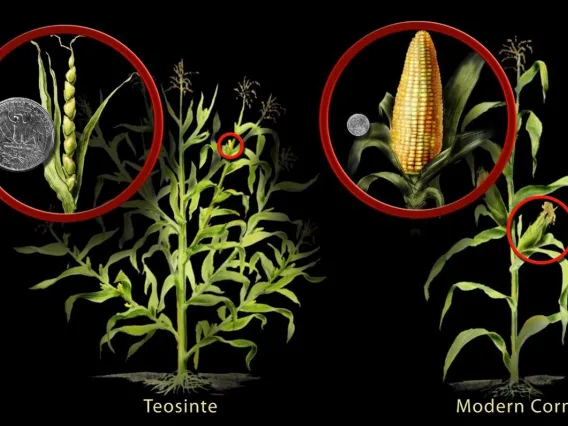
Indigenous Agriculture & Plant Cultivation in the Southwest
Author: Arisbeth Ibarra Nieblas
Subject/Class: Science, Botany, Ecology, Indigenous Studies, Social Studies
Grade Level: 4th - 8th grades
Summary: This lesson introduces students to the long and rich history of agriculture and food gathering in the Sonoran desert practiced by Indigenous peoples in the Southwestern US. The activities and content include traditional food cultivation practices, plant science, relationships between various plants, and human-nature relationships. Students will read several writings on nature and plants by Indigenous authors and compare traditional ways of understanding plant relationships to Western science constructs.
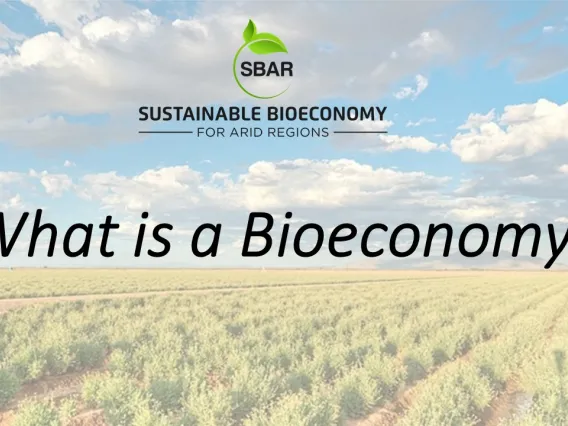
What is a Bioeconomy?
Author: Arisbeth Ibarra Nieblas
Subject/Class: Science
Grade Level: 6th – 8th grades
Summary: This lesson introduces students to the concept of a bioecomony. Students gain an understanding of the environmental impacts and processes of commonly used products.
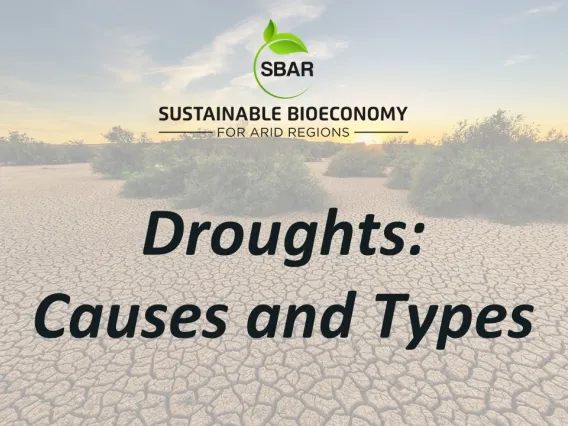
Droughts: Causes and Types
Author: Rodrigo Rosales, Cathy Bradley, and Karina G. Martinez-Molina
Subject/Class: Science
Grade Level: 6th – 8th grade
Summary: Students will analyze data to recognize drought conditions and participate in group discussions on the causes and signs of droughts. Students will create an informative and illustrative model presentation that identifies the different types of droughts and drought conditions that may exist in their local area using science vocabulary, claims, evidence, and reasoning.
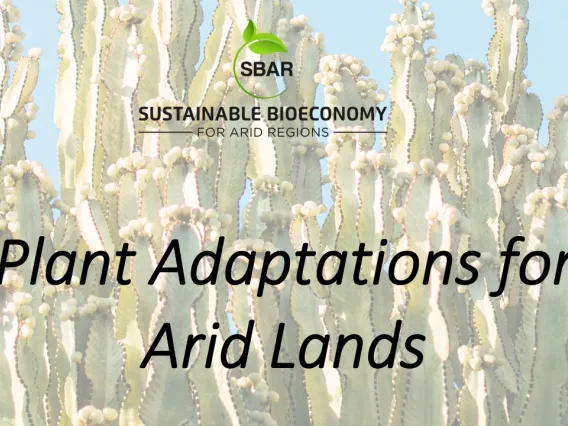
Plant Adaptations for Arid Lands
Author: Traci Klein, Matthew Katterman, Arisbeth Ibarra Nieblas
Subject: Science
Grades: 6th – 8th grades
Summary: This lesson introduces students to the idea of biological adaptation and explains how plants adapt to a desert environment. Students will get to create their own imaginary plant that is adapted to the desert.
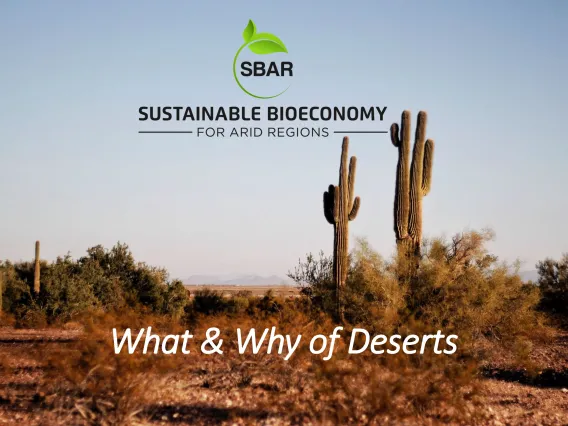
What and Why of Deserts
Author: Traci Klein and Matthew Katterman
Subject: Science
Grade Level: 6th – 8th grades
Summary: This lesson explains what a desert is and describes contributors to the creation of deserts, such as Hadley Cells and the rain shadow effect. It includes an experiment to demonstrate how temperature affects density and the flow of the atmosphere.
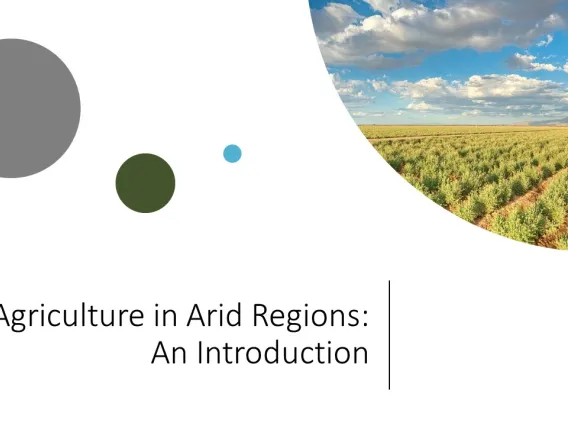
Agriculture in Arid Regions: An Introduction
Author: Arisbeth Ibarra Nieblas, Melissa Wilburn, and Corey Knox
Subject/Class: Science
Grade Level: 6th – 8th grades
Summary: In this lesson, students are introduced to the importance of agriculture in Arizona and the factors that influence what crops are grown and the resources involved (water). Students participate in activities and discussions related to choices and factors that must be considered from both an economic and environmental perspective related to land use and agriculture.

